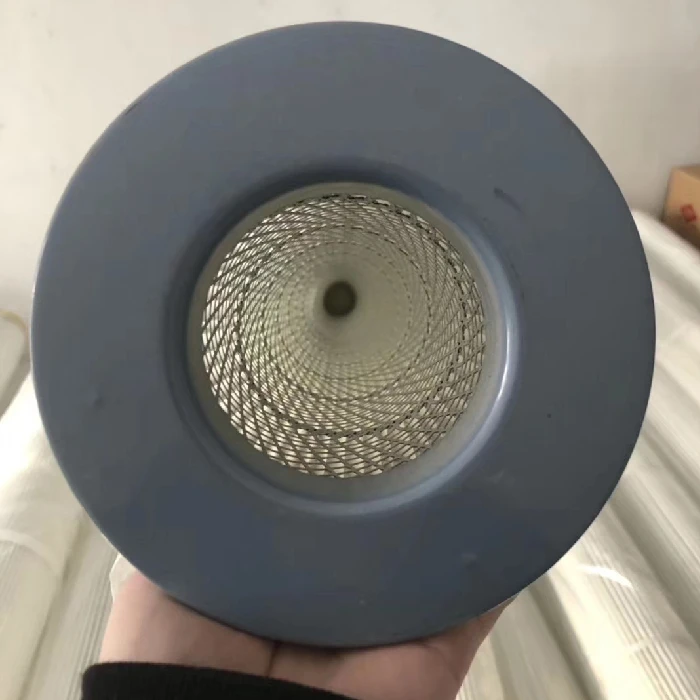Nov . 11, 2024 05:07 Back to list
Exploring the Benefits and Applications of Laminated Wired Glass in Modern Design
Laminated Wired Glass An Overview
Laminated wired glass is a specialized type of safety glazing that combines the strength of laminated glass with the structural support of embedded wire mesh. This unique material is predominantly used in locations where safety and security are paramount, such as in schools, banks, industrial facilities, and certain types of residential buildings. Understanding its composition, benefits, and applications can help clarify the role of laminated wired glass in modern architecture and construction.
Composition and Properties
Laminated wired glass consists of multiple layers of glass bonded together with a polymer interlayer, with a wire mesh sandwiched within the layers. This design imparts several beneficial properties to the glass. The wire mesh enhances the glass's resistance to impact and breakage, while the polymer interlayer holds shattered glass fragments together, thereby minimizing the risk of injury. This is particularly important in environments where glass may be subjected to accidental breakage or forced entry.
The standard thickness for laminated wired glass typically ranges from 6mm to 12mm, and it can be manufactured in large sheets, making it suitable for various applications. The wires in the glass are arranged in a grid pattern, which not only provides structural support but also can serve as a deterrent against vandalism and forced entry.
Safety and Security Features
One of the primary reasons for using laminated wired glass is its exceptional safety features. In the event of breakage, the interlayer holds the shards of glass in place, preventing them from falling and causing injury. This characteristic is particularly crucial in public spaces and places with high foot traffic where the risk of accidents is amplified.
Moreover, the embedded wire mesh adds a layer of security against intrusion. While laminated glass is not entirely impenetrable, the resistance it offers can delay unauthorized access and allow for additional time to react in the case of security threats. This makes laminated wired glass an effective choice for windows, doors, and partitions in high-risk areas.
Thermal and Acoustic Insulation
In addition to safety and security, laminated wired glass offers thermal insulation and sound attenuation properties. The multiple layers of glass and the polymer interlayer can significantly reduce heat transfer, making it compliant with building codes related to energy efficiency. This is particularly beneficial in areas with extreme weather conditions, as it helps maintain indoor temperatures and reduces energy consumption.
laminated wired glass

Moreover, the laminated structure contributes to sound insulation, making it an excellent choice for buildings located in noisy environments
. By reducing outside noise levels, laminated wired glass can enhance the comfort and productivity of occupants in offices, schools, and residential buildings alike.Applications in Architecture and Design
Laminated wired glass has found a variety of applications in modern architecture. It is commonly used in
1. Commercial Buildings Due to its robust security features, laminated wired glass is often employed in banks, retail stores, and office buildings. Large glass windows can provide visibility while ensuring safety against break-ins.
2. Industrial Facilities Factories and warehouses benefit from this glass, which provides security while allowing natural light to flood workspaces.
3. Schools and Universities Many educational institutions utilize laminated wired glass for windows and internal partitions. It not only ensures safety but also protects students from potential hazards.
4. Public Transport Stations Laminated wired glass is also used in train stations, airports, and bus terminals where high foot traffic and safety concerns come into play.
5. Residential Homes Homeowners increasingly opt for laminated wired glass in windows and patio doors for enhanced safety and energy efficiency.
Conclusion
In conclusion, laminated wired glass represents an intersection of safety, security, and functionality in modern building design. Its unique characteristics make it extremely valuable in protecting against injury and intrusion while also providing thermal and acoustic benefits. As building safety standards continue to evolve, the role of laminated wired glass is likely to grow, influencing architectural trends and enhancing the resilience of structures across various sectors. As architects and builders seek materials that can meet the challenges of contemporary design, laminated wired glass stands out as a superior choice for ensuring safety and style.
-
Safety and Style with Premium Laminated Glass Solutions
NewsJun.24,2025
-
Reinvents Security with Premium Wired Glass
NewsJun.24,2025
-
Premium Float Glass Line for Modern Architecture
NewsJun.24,2025
-
Low Emissivity Glass for Energy-Efficient Architecture
NewsJun.24,2025
-
High-Performance Insulated Glass Solutions for Modern Architecture
NewsJun.24,2025
-
Elevates Interior Style with Premium Silver Mirror
NewsJun.24,2025
Related PRODUCTS














